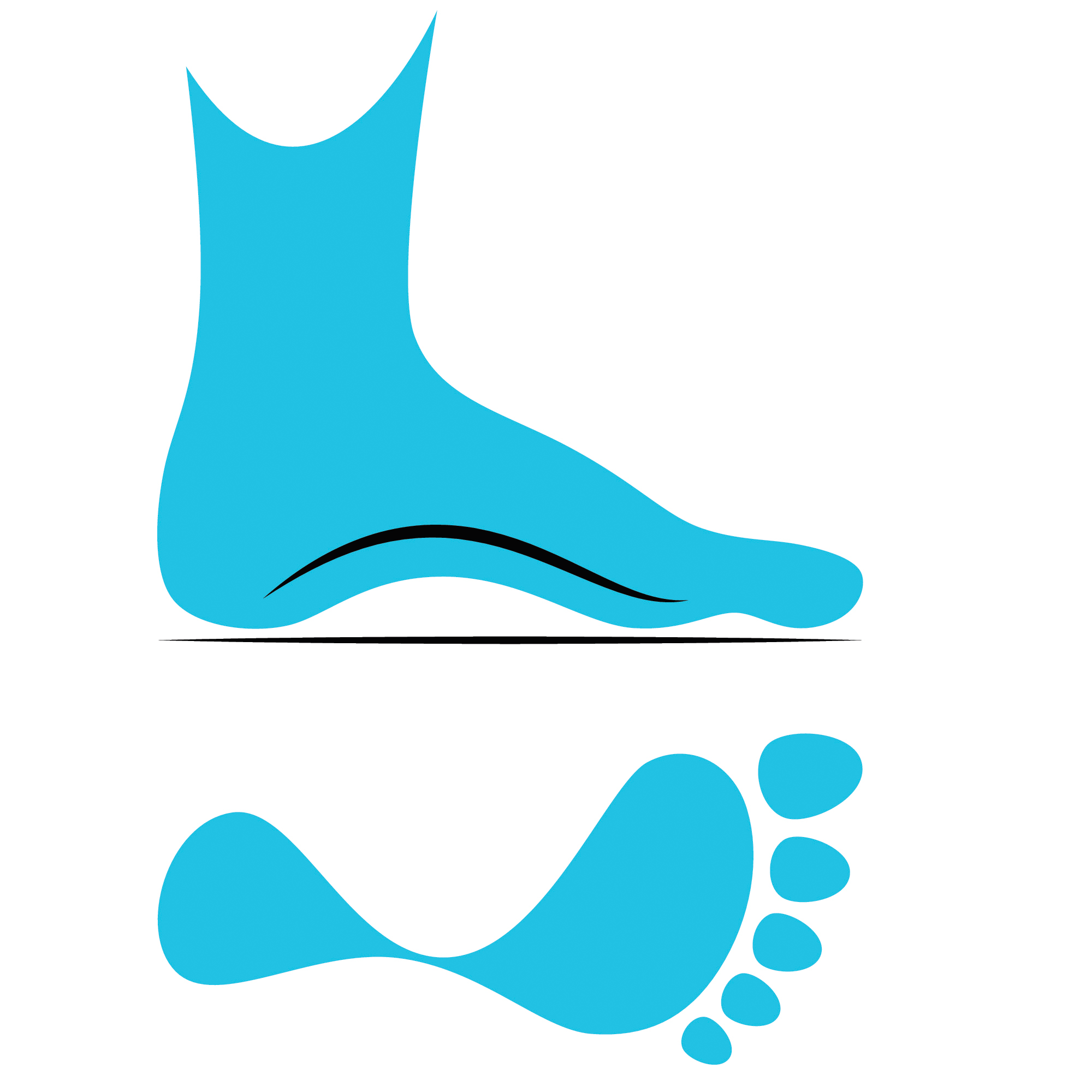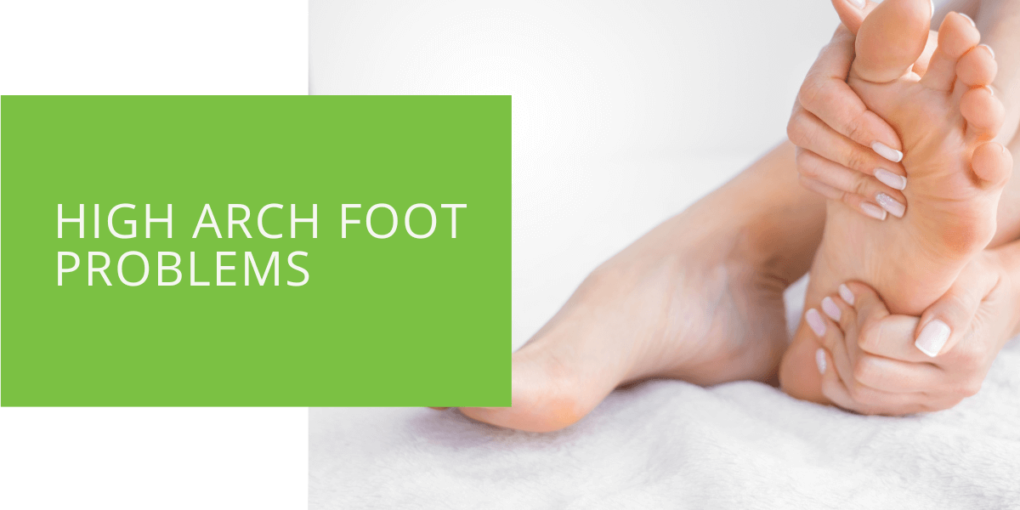Understanding High Arch Foot Problems
High arches, also known as cavus foot, are a unique anatomical trait affecting many people worldwide. While having high arches can provide an individual with a distinctive physical look, it can also bring about a host of complications and discomforts that can negatively impact their daily lives. If you're dealing with high arches, you know firsthand how frustrating it can be to find the right shoes or insoles that fit comfortably and provide proper support. Fortunately, with the right guidance and knowledge, you can alleviate the discomfort and take control of your foot health.
This comprehensive guide will delve into the world of high arch feet, exploring the multifaceted issues they can bring and the diverse array of solutions available to mitigate them. We will discuss the most common causes of high arches, such as neurological conditions, genetic predisposition, and foot injuries, and how they can affect your overall health. We will also explore different treatment options, including exercises, orthotics, and footwear, to help you manage the discomfort and prevent further complications. Whether you're an athlete, a dancer, or someone who wants to improve your foot health, this guide will provide the information and resources you need to take charge of your life and feel your best.
Key Takeaways
- High arch foot problems, also known as cavus feet, can lead to chronic foot pain, ankle instability, and deformities like claw toe and plantar fasciitis.
- Identifying the underlying cause of high arches is crucial for devising an effective treatment plan, including orthotic devices, physical therapy, medications, or surgery.
- Lifestyle changes, such as exercises, proper footwear, and self-care techniques, can complement medical treatments to alleviate discomfort, offering a holistic approach to managing high arch foot problems.
Understanding High Arch Foot Problems
High arches, or cavus feet, manifest as an abnormally elevated arch in the middle of the foot, setting them apart from flat feet where the arch is virtually absent. While unique, this pronounced curvature of the arch can give rise to a range of problems.
The arch of the foot, often referred to as the metatarsal arch, is a crucial structure that spans from the heel to the ball of the foot. Its elevation in high arch feet disrupts the natural balance of weight distribution and can lead to various complications.
Common Issues Associated with High Arches
Chronic Foot Pain
One of the most pervasive problems individuals with high arches contend with is chronic foot pain. The exaggerated arch places undue stress on both the heel and the ball of the foot, culminating in persistent discomfort that can progressively worsen over time.
This chronic pain can be likened to a relentless companion, making everyday activities like walking or standing for extended periods a daunting endeavor.
Ankle Pain and Instability
High arches often herald ankle instability, significantly increasing the susceptibility to ankle sprains. The reduced surface area of the foot in contact with the ground compromises stability, rendering the ankle more prone to twists and sprains.
The heightened arch can be likened to walking on a tightrope, where the slightest misstep can lead to ankle injuries, affecting mobility and overall well-being.
Claw Toe and Foot Deformities
A high arch can also lead to the development of claw toe, a condition characterized by the toes curling downward. This deformity contributes to discomfort and restricts the choice of footwear.
Claw-toe can lead to various challenges, from finding suitable shoes to experiencing pain and discomfort while walking.
Plantar Fasciitis
The arch of the foot plays a pivotal role in supporting the plantar fascia, a band of tissue running along the sole. In individuals with high arches, the plantar fascia is subjected to excessive tension, increasing the risk of plantar fasciitis—a painful condition primarily marked by heel pain.
Plantar fasciitis can be a persistent source of agony, especially during the first steps in the morning. It can impede daily activities and necessitate targeted treatment.

Causes of High Arches
The origins of high arches can be multifaceted, often rooted in genetics, neurological conditions, muscular imbalances, trauma, or certain medical conditions. Identifying the underlying cause is paramount in devising an effective and tailored treatment plan.
Understanding the root cause is akin to deciphering the puzzle of high arch feet. Each individual's unique condition requires a nuanced approach to address the underlying issues effectively.
Diagnosing High Arch Foot Problems
Should you suspect you have high arch feet and are grappling with discomfort, it is imperative to consult a Podiatrist. They will embark on a comprehensive diagnostic journey, encompassing physical assessments and gait analysis. Diagnostic imaging techniques like X-rays and MRIs may be enlisted to corroborate the diagnosis. Moreover, an in-depth discussion of your medical history and symptoms is instrumental in unraveling the underlying causes.
The diagnostic process is akin to embarking on a voyage, with each step providing vital clues to the nature of your high arch foot problems. The collaboration between you and your Podiatrist is pivotal in reaching an accurate diagnosis.
Medical Treatments for Alleviating High Arch Problems
Orthotic Devices
Custom-made orthotic devices, such as arch supports and insoles, are indispensable allies in the battle against high arch discomfort. These specialized aids are adept at redistributing pressure and affording the much-needed support to the arch.
Orthotic devices are akin to tailored armor for your feet, providing the support and cushioning required to navigate daily life with high arch feet more comfortably.
Physical Therapy
Physical therapy emerges as a formidable weapon in strengthening the muscles in your feet and ankles. It serves as a cornerstone in enhancing stability and diminishing discomfort, offering a bespoke regimen tailored to your unique needs.
Physical therapy sessions are akin to guided workouts, designed to fortify your foot and ankle muscles, ultimately improving your quality of life.
Medications
In certain instances, medications may be prescribed to manage symptoms, particularly pain and inflammation, providing much-needed respite from the throes of high arch discomfort.
Medications act as temporary relief mechanisms, allowing individuals to cope with the pain and inflammation while undergoing other treatments.
Surgical Interventions
For those grappling with severe high arch problems, surgical procedures may be considered. These interventions can encompass a spectrum of approaches, from lengthening tendons to joint fusion or even restructuring the bone architecture to enhance support.
Surgical interventions are the last frontier in the battle against high arch problems, reserved for the most complex cases that necessitate a more invasive approach.
Your Podiatrist will meticulously evaluate your condition and recommend the most suitable treatment options, taking into account your unique circumstances.

Lifestyle Changes and Home Remedies
In tandem with medical treatments, there are pragmatic steps you can undertake at home to alleviate the discomfort stemming from high arch foot problems.
These proactive measures empower individuals to manage their high arch issues actively, contributing to a more holistic approach to treatment.
Exercises and Stretches
Tailored exercises and stretches serve as invaluable tools in improving flexibility and bolstering the strength of your feet and ankles. Seeking guidance from your Podiatrist or physical therapist ensures you are performing the most effective exercises for your specific condition.
These exercises form a pivotal component of your daily routine, akin to prescribed therapies that gradually enhance your foot and ankle strength.
Proper Footwear
The choice of footwear is a critical consideration for individuals with high arches. Supportive shoes equipped with cushioning in the heel and arch region can provide respite and enhance stability.
Selecting the right footwear is akin to choosing the right tools for a job—ensuring comfort, stability, and support throughout your day.
Self-Care Techniques
Self-care techniques, including massage, ice therapy, and over-the-counter pain relievers, can provide interim relief from acute discomfort. However, it is essential to consult your Podiatrist before commencing any self-care regimen.
These self-care practices serve as a lifeline, offering moments of respite from the persistent discomfort associated with high arches.
Seeking Relief and Long-Term Solutions
While high arch foot problems may present ongoing challenges, a combination of the right treatment plan and lifestyle adjustments can pave the way for relief. It is paramount to address high arch issues promptly to prevent them from exacerbating over time.
The journey towards relief is akin to climbing a mountain; each step forward brings you closer to a more comfortable and pain-free existence.
Conclusion
High arch foot problems, often called cavus feet, are not merely a matter of aesthetics; they can engender complications and discomforts. If you or someone you know is grappling with the multifaceted challenges of high arches, we strongly urge you to seek the guidance of a Podiatrist. We possess the expertise to uncover the root causes and recommend personalized solutions tailored to your unique needs.
Our team of experts stands as your beacon of hope, dedicated to unraveling the complexities of high arch foot problems and guiding you towards a path of relief and improved foot and ankle health.
Are you ready to address your high arch foot problems head-on? Don't hesitate to schedule an appointment with our seasoned podiatrist today. We are committed to helping you achieve a more comfortable and pain-free future.

